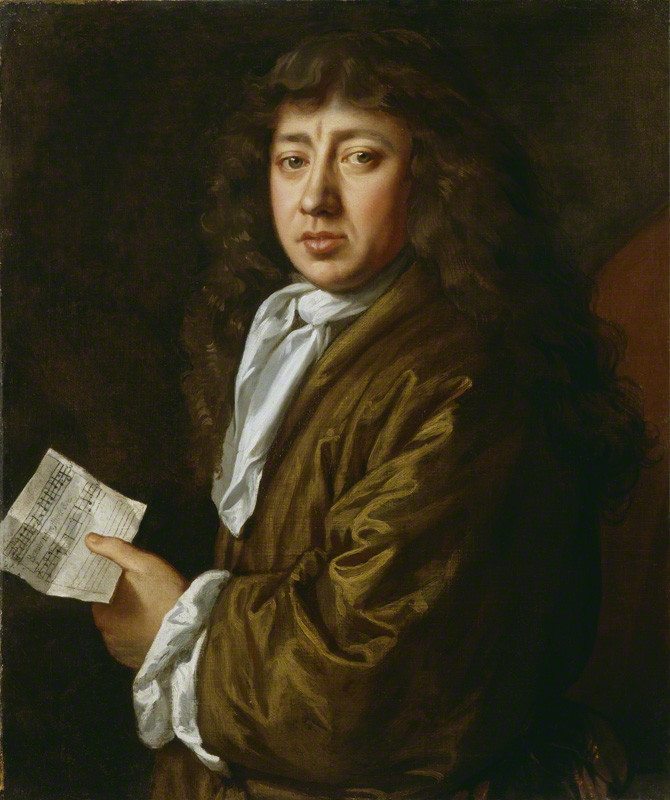Case Study 1: Samuel Pepys by John Hayls, 1666
This example demonstrates the use of several pieces of evidence: the portrait’s quality and style, the sitter’s costume, and most importantly identification of the musical setting of the lyric, to identify the sitter. The identification is confirmed by reference to the sitter’s diary in which the date of the relevant entry also enables the portrait to be securely dated. (The diary entry is quoted in the entry for the portrait on the National Portrait Gallery, London, website, which can be accessed here >>
“The famous portrait of Samuel Pepys by John Hayls (NPG 211), sittings for which are recorded in his Diary under 1666, emerged on to the art market in the 1860s as the portrait of an unknown musician (Pepys is shown in his best Indian silk gown, holding a piece of music – his own setting to a lyric by Davenant from his ‘Siege of Rhodes’).”
RL Ormond, ‘The National Portrait Gallery archive’, Journal of the Society of Archivists, 4 (1970), 130-136.

